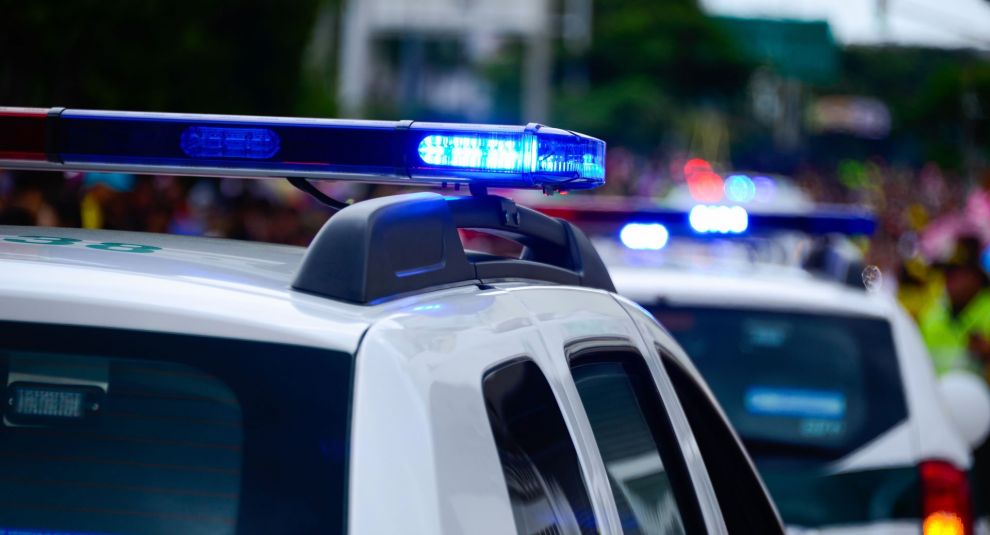What To Do When Stopped By Police in Illinois
For the safety of vehicle operators and law enforcement officers, drivers stopped by police should adhere to the following suggestions:
- Slow down and safely pull over on to the right-hand shoulder of the roadway. If there is no shoulder or it is too narrow to pull over, the driver should find the next safest location and pull over.
- Do not slam on the brakes or stop in the lane of traffic. Drivers should not stop their vehicle on bridges, curves, next to guardrails, concrete walls, medians or any place where it would be difficult for other vehicles to pass. A vehicle should not be stopped too close to the solid white line, as it may get struck by oncoming traffic.
- Stay in the vehicle with both hands clearly in sight on the steering wheel. Drivers should keep their hands on the steering wheel until the police officer instructs them otherwise or the traffic stop is complete.
- Be prepared for the officer to approach from either the driver or passenger side of the vehicle.
- Do not exit the vehicle unless asked to do so. Getting out of the vehicle can be perceived as aggressive behavior and a threat to the police officer’s safety.
- Comply with the officer’s request to see a driver’s license and proof of insurance. If these items are in the glove box, under the seat or if the proof of insurance is stored for display on a cellphone, the driver should inform the police officer of that fact and then follow the officer’s directions before retrieving the information. Vehicle operators are required to have a valid driver’s license, registration and insurance in order to operate a vehicle.
- If a driver cannot identify an unmarked police vehicle and/or the driver as law enforcement, he/she should drive slowly and carefully below the speed limit and either (1) pull over at a well-lit, populated location, (2) drive carefully to the nearest police station and attempt to attract the attention of a uniformed officer or (3) call 9-1-1. A driver should activate the vehicle’s hazard lights as a helpful way to communicate intentions with the police officer.
- If drivers are being stopped at night, it is acceptable for them to turn on the interior light of the vehicle.
A traffic stop could indicate the driver has committed a minor traffic violation without realizing it. There also may be a problem with the vehicle of which the driver is unaware or the vehicle may be similar to one used in a serious crime. Many officers will not provide the driver with specific reasons for the stop until they have obtained the driver’s license, vehicle registration and insurance card from the driver.
If the traffic stop results in a ticket or arrest for the driver, he/she:
- Should not debate the reason for the stop or argue with the police officer.
- Should not refuse to sign a ticket if issued. A traffic ticket requires the driver’s signature. Signing a ticket is not an admission of the driver’s guilt — only an acknowledgment of receiving the ticket.
- Should not be uncooperative with law enforcement at the scene. If a driver is suspected of drunk driving, refusal to submit to breath, urine, blood or performance tests can result in the loss of driving privileges.
- Should not argue about the ticket at the time of issuance. If a driver believes an offense was not committed or the ticket was issued unfairly, he/she will have the opportunity to present the case in traffic court.
- Should not resist arrest if taken into custody by the police.
A driver is to be treated with dignity and respect by law enforcement officers. If a driver believes that an officer has acted inappropriately during a traffic stop or other encounter, he/she should report the conduct as soon as possible to the officer’s superiors. Officers are required to provide their names and badge numbers upon request. Written complaints can be filed with the agency’s internal affairs division or civilian complaint board.
Regardless of what action is taken, police officers are legally required to document all traffic stops, which includes obtaining the driver’s name and address for data collection purposes.
